
Sativa and indica strains have unique properties and potential analgesic benefits. If you want to achieve the best results when microdosing cannabis for pain, your best bet is to choose a hybrid strain.
Most of our Delta 9 gummies contain perfectly balanced ratios of indica and sativa. We leverage the calming indica effects with the uplifting properties of sativa to provide a well-rounded profile– perfect for pain relief.
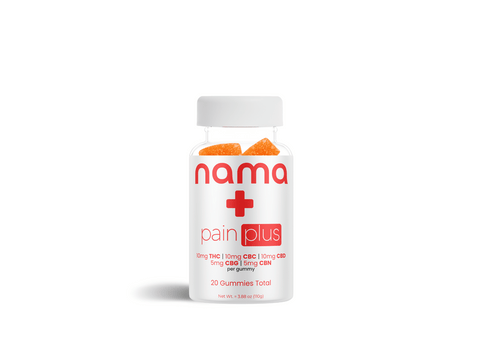

THC: 10 mg | CBC: 10 mg | CBD: 10 mg | CBG: 5 mg | CBN 5mg
What is the difference between sativa and indica?
Sativa and indica are the two main cannabis strains, each with its own distinct set of characteristics, effects, and potential benefits or preferred uses.
Here’s what you need to know about them:
The sativa strain
- Native to warm, tropical climates.
- The Cannabis Sativa plant has narrow, finger-like leaves and longer flowering cycles than indica strains.
- Known for its cerebral, uplifting, and energizing effects.
- Can enhance creativity, focus, and motivation.
- Great for improving mood, alleviating symptoms of depression, fatigue, and certain types of pain such as nerve pain or headaches.
The indica strain
- Originates in cool, mountainous regions.
- The short, bushy plant has broad, chunky leaves and shorter flowering cycles.
- Associated with physical, relaxing, and sedating effects.
- Promotes deep, full-body relaxation, stress relief, and a sense of calmness.
- May be helpful for managing anxiety, insomnia, muscle tension, and chronic conditions such as arthritis and fibromyalgia.
People generally like to think of Delta 9 THC as a sativa strain and cannabidiol (CBD) as indica, but that’s a common misconception. Sativa and indica strains can contain a mix of cannabinoids, so the distinction between THC and CBD is not related to the plant's classification.
While indicas are richer in CBD and sativa strains contain more THC, the specific ratios of these compounds can vary significantly, which is why sativa and indica have a diverse range of effects and potential pain-relieving properties.
If you're struggling with chronic discomfort, our Delta 9 edibles for pain may bring you relief. This selection of gummies contains edibles with a balanced mix of THC, CBD, terpenes, and other therapeutic cannabis compounds to alleviate your pain without impairment.
Try our Bliss gummies with only 5 mg of Delta 9 for soothing relief and gentle euphoria.
"These are the best. They work so well, taste great, and make me feel so relaxed. Thanks nama"
—Alli
Is sativa or indica stronger for pain relief?
Indica strains are often considered stronger and more effective for pain relief than sativa. Indica strains are known for their relaxing effects, which can help alleviate pain and promote sleep. CBD content is higher in indica strains than in sativas, which contributes to their pain-relieving and anti-inflammatory properties. (The THC content in them isn’t necessarily lower, as we already explained.)
The best approach to pain relief might be to combine sativa and indica. With their uplifting and energizing effects, sativa strains may provide mental relief and improved mood, while the relaxing and sedative properties of indica strains can alleviate physical pain and promote better sleep.
We believe in the prowess of a balanced hybrid strain.
What is a hybrid strain?
A hybrid strain combines the characteristics of both indica and sativa plants. Cultivators crossbred indica and sativa to create a hybrid that offers a unique blend of effects, flavors, and medicinal properties. These hybrids can be sativa-dominant, indica-dominant, or balanced, depending on the ratio of sativa to indica genetics in the cannabis strain.
Here are some of the benefits of combining sativa and indica in a hybrid strain:
- Hybrids can provide a balance between the cerebral effects of sativa and the body-focused effects of indica. This offers a more well-rounded and safer experience.
- By combining the pain-relieving properties of both sativa and indica, hybrids can address different types of pain, from neuropathic pain and fibromyalgia to inflammatory conditions and multiple sclerosis.
- The uplifting effects of sativa can combat the emotional toll of chronic pain. The relaxing effects of indica reduce stress and anxiety. That’s what we call a well-rounded experience.
- The hybrid strain produces the entourage effect, combining therapeutic effects to provide better pain relief than either strain in isolation.
Cannabis users have been starting to recognize the benefits of the hybrid strain and the potent combo of THC and CBD. According to a 2020 cross-sectional study, the majority of patients preferred cannabis products with balanced THC and CBD ratios or high CBD formulations.
Check out our list of the best gummies to produce the entourage effect and reap its therapeutic benefits: from pain relief and lowered inflammation to improved sleep and a brighter mood.
How does the entourage effect relieve pain?
The entourage effect refers to the synergistic interaction between cannabis compounds. Cannabinoids such as THC and CBD, terpenes, flavonoids, and other plant molecules work together to create a more powerful and balanced medicinal effect than any single compound would achieve on its own.
Cannabis compounds produce their therapeutic effects by interacting with the endocannabinoid system (ECS). This complex network of cannabinoid receptors and signals regulates physiological processes, including pain sensation, mood, appetite, and memory. Through the ECS, cannabis compounds improve each other’s efficacy and modulate unwanted side effects.
For example, CBD acts like a modulator, fine-tuning THC's effects by partially blocking the CB1 receptors that THC binds to. CBD can balance out some of THC's potential side effects, such as increased anxiety or paranoia, with its relaxing and calming effects.
Instead of directly binding with CB1 and CB2 receptors, CBD seems to downregulate them in the presence of THC. In other words, when CBD and THC are taken together, CBD regulates how THC interacts with CB1 and CB2 receptors. (Vučković, et. al.)
For pain management, the entourage effect can be a game-changer. Here’s how a combination of THC and CBD in a hybrid strain can alleviate pain:
- Research shows that terpenes can be combined with cannabinoids to amplify their effects without the risk of negative side effects. Terpenes are aromatic compounds from the cannabis plant that can mimic the functions of cannabinoids and produce similar pain-relieving effects.
- Cannabinoids and terpenes interact with different cannabinoid receptors. CBD interacts with TRPV1 receptors involved in the mediation of pain, inflammation, and temperature control. This makes CBD a potent anti-inflammatory agent. Since pain often stems from inflammation, reducing inflammation through the use of CBD can help soothe pain and provide much-needed relief. According to the Curaleaf Clinic, the entourage effect may enhance pain relief by activating TRPV1 and other signaling pathways in the ECS.
- Other studies have shown that some terpenes can boost the body's natural pain-relieving cannabinoids by slowing down their breakdown, leading to longer-lasting and more effective pain relief.
- Some cannabis compounds inhibit the degradation of endocannabinoids (signaling molecules in the ECS) or affect the way they bind to receptors. This enhances the body’s natural pain management mechanisms.
- The Curaleaf Clinic also suggests that cannabinoids in synergy can enhance the effect of μ-opioid receptor agonists. These receptors are involved in the regulation of pain, stress responses, and reward pathways. When activated by agonists, they can effectively reduce the perception of pain and induce feelings of euphoria. When taken at lower doses, cannabinoids bypass dependence, providing a safer and more reliable way to ease chronic pain relief.
Through the entourage effect, the hybrid strain can provide a more comprehensive approach to pain management. The uplifting and energizing sativa strains can alleviate the psychological aspects of pain, such as depression or fatigue. The relaxing properties of indica can target the physical symptoms of pain, promoting muscle relaxation and better sleep.
The secret to effective pain management lies in the dosage. More isn't always better, and it doesn’t mean higher doses of THC or CBD will soothe persistent pain more effectively. Quite the opposite; too much THC can worsen pain by causing side effects.
We don’t want that; that’s why we infuse our edibles and cannabis drinks with low doses of THC and CBD. Microdosing is the best way to harness the pain-relieving potential of cannabis while minimizing the risk of adverse effects.
What is the best way to microdose? Keep reading to find out.
Product QUIZ
Need help deciding what product is best for you? Take our quiz, just three questions until your perfect match!
What is the best way to consume indica and sativa?
There are many ways you can consume cannabis, but not all of them offer reliable low doses of THC and CBD. Our edibles are reliable and convenient, and ensure precise dosing of cannabis compounds—of sativa, indica, or hybrid strains—without the overwhelming effects.
Here’s why our low-dose gummies and drinks should be your go-to choice for pain relief:
- Low-dose edibles give you precise control over pain relief. You know exactly how much cannabis you’re taking each time. This minimizes the risk of overconsumption and allows you to tailor your experience to suit your needs.
- Our edibles are discreet and effortless in managing pain throughout the day. Whether you’re at work, social gatherings, or on the go, you can pop one gummy without attracting attention and enjoy the medical benefits and flavors.
- Our microdosed edibles provide prolonged pain relief. Because they’re ingested, THC gummies can last between six and eight hours, offering steady and continuous symptom relief.
- The effects of edibles begin to show 30 minutes to two hours after consumption. While they may not kick in as quickly as some other consumption methods, their sustained and longer-lasting impact makes them an attractive choice for those seeking extended pain relief without the need for frequent dosing.
- With our microdosed edibles, the onset of pain relief effects is gradual, reliable, and almost predictable. This allows you to plan your daily activities with confidence and avoid unexpected fluctuations in pain relief.
- Our gummies come in different THC to CBD ratios and strains, allowing you to experiment with different products to find the right fit for your pain relief needs.
- You may opt for an ultra-low dose of THC in our Energy gummies (2.5 mg per serving) with a balanced CBD amount (5 mg) and hit your sweet spot.
- You may choose a higher level of the two cannabinoids in equal amounts in our Euphoria edibles, with 10 mg of THC and CBD if that rocks your boat.
- You may choose a broad-spectrum CBD product and purchase one of our CBD gummies without THC (and without the full benefits of the therapeutic entourage effect).
- You may want to experience the energizing effects of sativa-based edibles with only THC in our Pink Lemonade gummies–10 mg of Delta 9 per scrumptious gummy.
- You may want to skip the gummies and order our low-dose Buzz Drops™. These cannabis mixers combine 2.5 mg of THC and 2.5 of CBD per full dropper, so you can infuse your favorite mocktails, lemonades, and other non-alcoholic beverages for a party without the morning regrets.
We know we’ve tickled your imagination. We bet you’re dying for a chilled virgin margarita with a buzz right now. Are you in the mood for something fancy and creamy? Our pumpkin cream THC drink is completely booze-free.
If you're up for a good time to kick pain to the curb, boost your mood, and get gently buzzed, our THC drinks are your golden ticket.
Learn how to craft the most delicious THC mocktails.
Where to buy the best hybrid edibles on the market
If you're on the hunt for the best Delta 9 edibles around, you have come to the right place. We pride ourselves on crafting the most delicious and high-quality cannabis gummies and drinks made with the freshest, all-natural organic ingredients.
We don’t mess around with what goes into our premium edibles. We source our non-GMO American hemp extract from small, trusted farms in Colorado and New Jersey, ensuring that every batch is 100% organic and grown right here in the USA. Plus, we only use real fruit flavors to give our edibles that irresistible taste you'll love.
But don't just take our word for it—we believe in transparency, which is why all of our products go through rigorous third-party lab testing. This way, you can trust that you're getting the highest quality and most potent pain-relieving hybrid on the market.
Order from nama™ today.
Sativa vs indica FAQ
Sativa and indica strains can provide relief for nerve pain and neuropathic conditions. Indica strains are preferred due to their sedative effects and higher CBD content, which can help alleviate pain signals and reduce inflammation. Many people use indica-dominant strains for pain alleviation and managing chronic pain symptoms associated with nerve damage, such as tingling, numbness, and burning sensations.
While indica is great at relieving nerve pain, the combination of both strains might be even more helpful. A combination of THC and CBD in balanced low-THC and higher CBD ratios can bring you more relief than either cannabinoid in isolation.
Indica strains are generally more sedating than sativas. This makes them a popular choice for people who want to relieve insomnia, anxiety, or chronic pain conditions. The sedative effects of indicas are often attributed to their higher levels of CBD and specific terpenes, such as myrcene, which can promote deep relaxation and help medical cannabis users unwind. Sativas, in contrast, are known for their uplifting and energizing effects, which may not be as conducive to sleep or deep relaxation.
A combination of both may be more effective for some people. A low-THC dose and a higher CBD level in our Sleep Plus gummies may bring the relief and revitalizing eight hours of sleep you need.
Sativa and indica have potential benefits for brain health. Sativas are often associated with cerebral effects, such as increased focus, creativity, and mental stimulation. These effects may come in handy for people with attention deficit disorders or those seeking a cognitive boost. Indicas can also provide benefits for the brain, particularly strains high in CBD, which has shown to have neuroprotective properties and may help reduce inflammation in the brain.
Red eyes are a common side effect of cannabis use, regardless of whether the strain is indica or sativa. The psychoactive effects of THC can cause blood vessels in the eyes to dilate, leading to redness and sometimes dryness. This effect is not limited to indica strains and can occur with sativas as well, depending on the THC content and individual sensitivity.
Sativa strains are often associated with energizing and uplifting effects, which may help promote wakefulness and combat fatigue. The cerebral buzz and increased mental clarity provided by sativas might help those who need to stay alert and focused during the day. The effects of medicinal cannabis depends on each person individually, and some people may find that even sativa strains can cause drowsiness or sedation, especially in higher doses.
The psychoactive effects of medical marijuana are primarily driven by THC, which is present in both sativa and indica strains in different concentrations. While sativas are often associated with a more cerebral and energetic high, the overall psychoactive effects will depend on the specific THC content of a given marijuana strain, rather than its classification as sativa or indica. Some indicas can be highly psychoactive if they have a high THC content, while some sativas may be less psychoactive if they have lower levels of THC or higher levels of CBD.
Sativa strains are generally considered "uppers" due to their energizing and uplifting effects on mood and cognitive function. They are often used to promote focus, creativity, and motivation, making them a popular choice for daytime use or for managing symptoms of depression or fatigue. Indicas are typically regarded as "downers" due to their sedative and relaxing effects, which can help alleviate stress, anxiety, and pain.
While more research is needed to confirm the efficacy of cannabis in treating ADHD, many people with attention deficit hyperactivity disorder suggest that sativa strains help them manage symptoms such as inattention, hyperactivity, and impulsivity. The increased focus and mental clarity often associated with sativas may help individuals with ADHD stay on task and reduce distractibility. Before using cannabis for any medical condition or even for recreational purposes, consult a healthcare provider.
A sativa high is often described as an uplifting, energizing, and cerebral experience. Users may feel an increased sense of focus, creativity, and motivation, as well as a boost in mood and overall well-being. Sativas can promote a sense of euphoria and happiness, making them popular for recreational purposes or for managing symptoms of depression or stress. Some users may also experience increased sensory awareness and a more vibrant perception of colors and sounds. People react to sativa and indica differently—some may feel anxious or paranoid with sativa strains, especially at higher doses.
The aroma of particular strains of cannabis is determined by its unique terpene profile, rather than its classification as sativa or indica. Terpenes are aromatic compounds found in the essential oils of the cannabis plant, and they contribute to the diverse range of smells and flavors found in different strains. Both sativas and indicas can have a wide variety of aromas, ranging from earthy and musky to sweet and fruity. Some sativas may have a more pungent, citrusy, or spicy smell, while indicas may be more earthy, skunky, or floral. These characteristics can vary between individual strains, and there is no universal rule that sativas smell more than indicas or vice versa.
Sativa strains are often recommended for daytime use due to their energizing and uplifting effects. When you take sativa-rich products during the day, you’ll experience increased focus, creativity, and productivity. They may be particularly helpful for tasks that require mental clarity, problem-solving, or social interaction. Sativas can also be useful for managing symptoms of depression, fatigue, or lack of motivation, as they can provide a boost in mood and energy levels.
Always start with a low dose and observe how a particular strain affects you before using it regularly, as individual reactions can vary. Some people may find that sativas can cause anxiety or paranoia, especially at higher doses, so make sure you find the right balance and dosage for your individual needs.
Top Sellers
New? Start with our Ultimate Sampler!

THC: 10 mg | CBC: 10 mg | CBD: 10 mg | CBG: 5 mg | CBN 5mg
Resources
Vučković, S., Srebro, D., Vujović, K. S., Vučetić, E., & Prostran, M. (2018, November 13). Cannabinoids and Pain: New Insights From Old Molecules. Frontiers in Pharmacology. https://doi.org/10.3389/fphar.2018.01259
Ledger, E. (2022, November 30). The Synergistic and Entourage Effects of Medical Cannabis in Pain Treatment. Curaleaf Clinic. https://curaleafclinic.com/the-synergistic-and-entourage-effects-of-medical-cannabis-in-pain-treatment/
Anand, U., Pacchetti, B., Anand, P., & Sodergren, M. H. (2021, July 1). Cannabis-based medicines and pain: a review of potential synergistic and entourage effects. Chronic Pain Management. https://doi.org/10.2217/pmt-2020-0110
Hameed, M., Prasad, S., Jain, E., Dogrul, B. N., Al-Oleimat, A., Pokhrel, B., Chowdhury, S., Co, E. L., Mitra, S., Quinonez, J., Ruxmohan, S., & Stein, J. (2023). Medical Cannabis for Chronic Nonmalignant Pain Management. Current Pain and Headache Reports, 27(4), 57-63. https://doi.org/10.1007/s11916-023-01101-w
nama CBD FDA & legal disclaimer
Our products are not intended to diagnose, treat, cure, or prevent any disease. They are not a replacement for prescription medications and have not been evaluated by the U.S. Food and Drug Administration (FDA).
The information provided on this website does not and is not intended to, constitute legal advice or any statement of the status of any laws. Any information, content, and materials available on this site are for general informational purposes only and are not intended to be relied upon for any purpose.
Readers of this website should contact their attorney to obtain advice with respect to any particular legal matter, including decisions on what products are, or are not, legal to sell, possess, or consume. No reader, user, or browser of this site should act or refrain from acting on the basis of the information on this site without first seeking legal advice from their own counsel in the relevant jurisdiction.
About
Learn
Join us on this journey

© Copyright 2026 nama Products LLC. All Rights Reserved.
†These statements have not been evaluated by the Food and Drug Administration. These products are not intended to diagnose, treat, cure or prevent any disease. All information presented here is not meant as a substitute for or alternative to information from health care practitioners. Please consult your health care professional about potential interactions or other possible complications before using any product.
††The information provided on this website does not, and is not intended to, constitute legal advice or any statements of the status of any laws. Any information, content, and materials available on this site are for general entertainment purposes only, and are not intended to be relied upon for any purpose.

By clicking ‘Yes,’ you agree to our
Terms & Conditions and Privacy Policy
123 John Doe Street
Your Town, YT 12345
Store Hours
Sun: Closed
Mon-Fri: 9:00 - 17:00
Sat: 10:00 - 13:00
What to expect at pickup
Closed
Closing at 5pm
Closing at 5pm
Closing at 5pm
Closing at 5pm
Closing at 5pm
Closing at 1pm



![Euphoria Kiwi Raspberry [10ct]](http://www.namacbd.com/cdn/shop/files/nama_kiwi_raspberry_pouch.png?v=1715285056&width=480)
![Euphoria Kiwi Raspberry [10ct]](http://www.namacbd.com/cdn/shop/files/nama_euphoria_kiwiraspberry_nutrition_facts.jpg?v=1715873960&width=480)
![Euphoria Triple Berry [10ct]](http://www.namacbd.com/cdn/shop/files/nama_euphoria_triple_berry_pouch.png?v=1715286095&width=480)
![Euphoria Triple Berry [10ct]](http://www.namacbd.com/cdn/shop/files/nama_euphoria_tripleberry_nutrition_facts.jpg?v=1715873950&width=480)
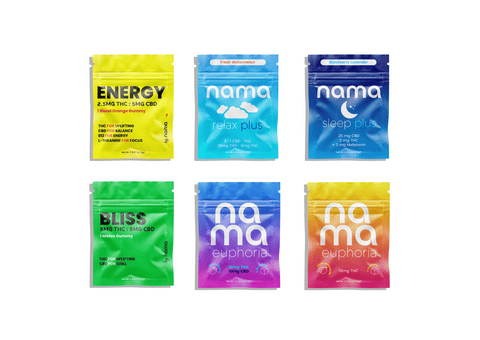
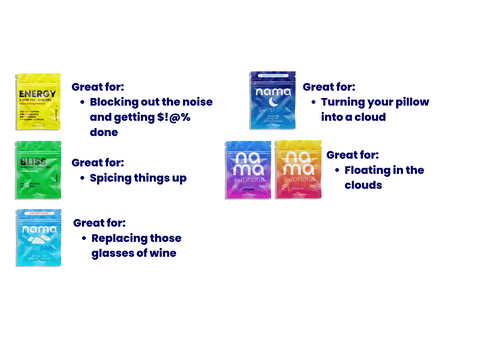
![Buzz Drops™ [THC Drink Drops]](http://www.namacbd.com/cdn/shop/files/nama_thc_buzz_drops.png?v=1711412866&width=480)
![Buzz Drops™ [THC Drink Drops]](http://www.namacbd.com/cdn/shop/files/buzz-drop-wine-comparison.png?v=1736882023&width=480)
![Buzz Packs™ [THC and CBD Powder Drink Mix]](http://www.namacbd.com/cdn/shop/files/nama_buzz_packs_thc_drink_pack_white_background.png?v=1741884660&width=480)
![Buzz Packs™ [THC and CBD Powder Drink Mix]](http://www.namacbd.com/cdn/shop/files/Buzz_Packs_Label.png?v=1741884660&width=480)
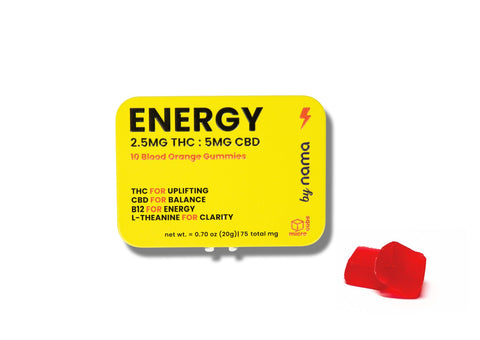
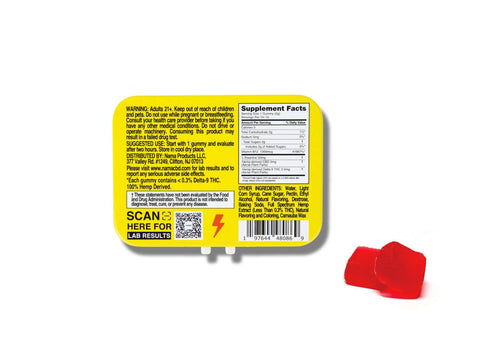
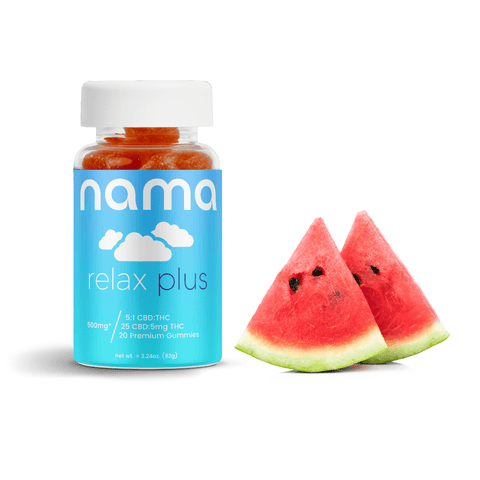
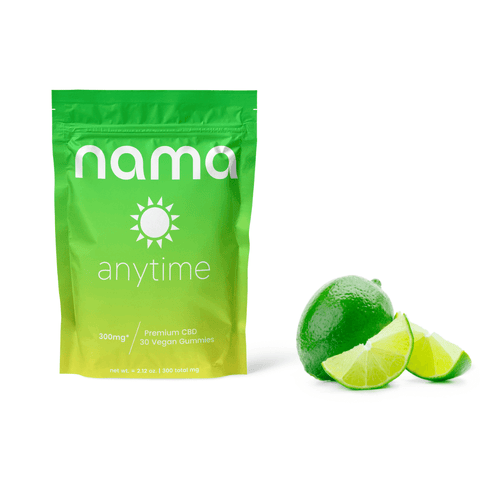
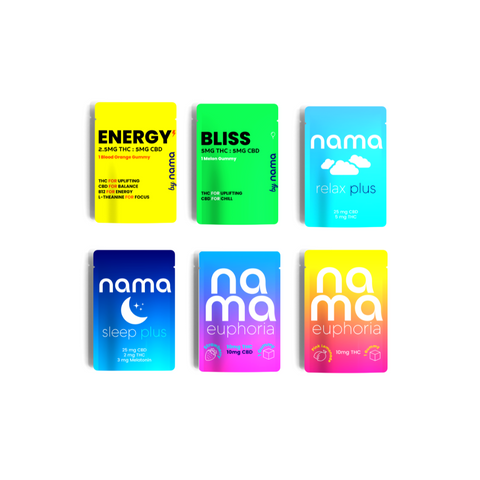
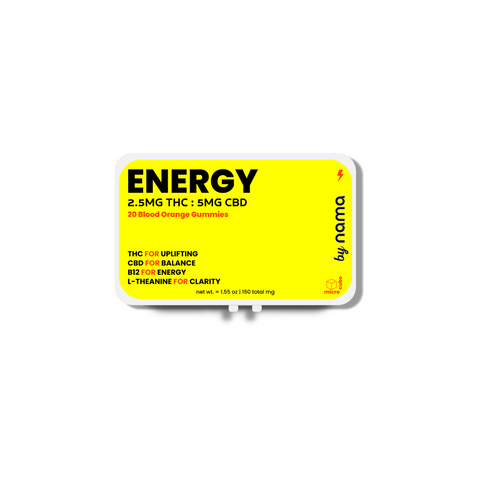
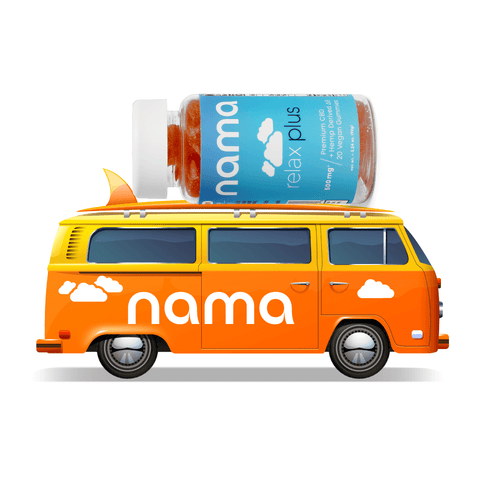
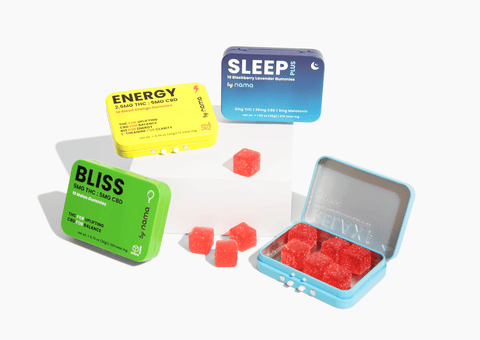
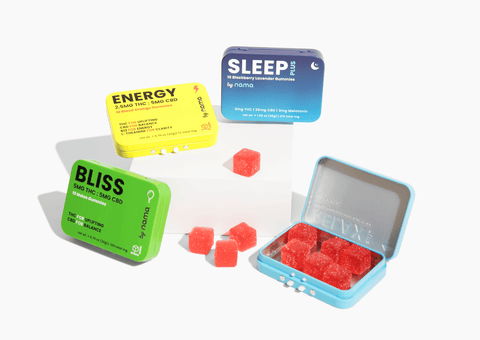
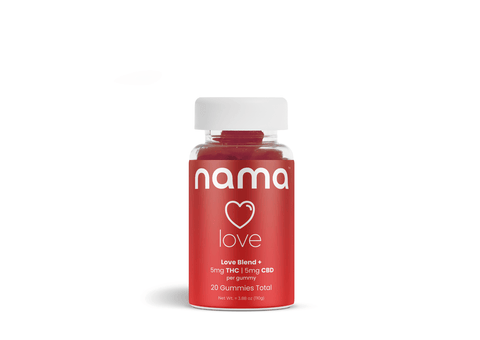
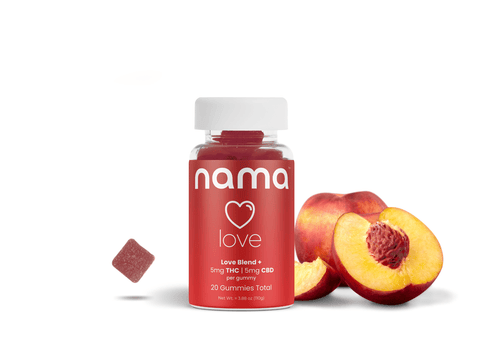
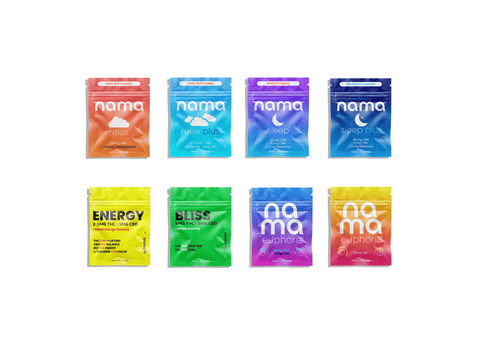




Comments (0)
There are no comments for this article. Be the first one to leave a message!